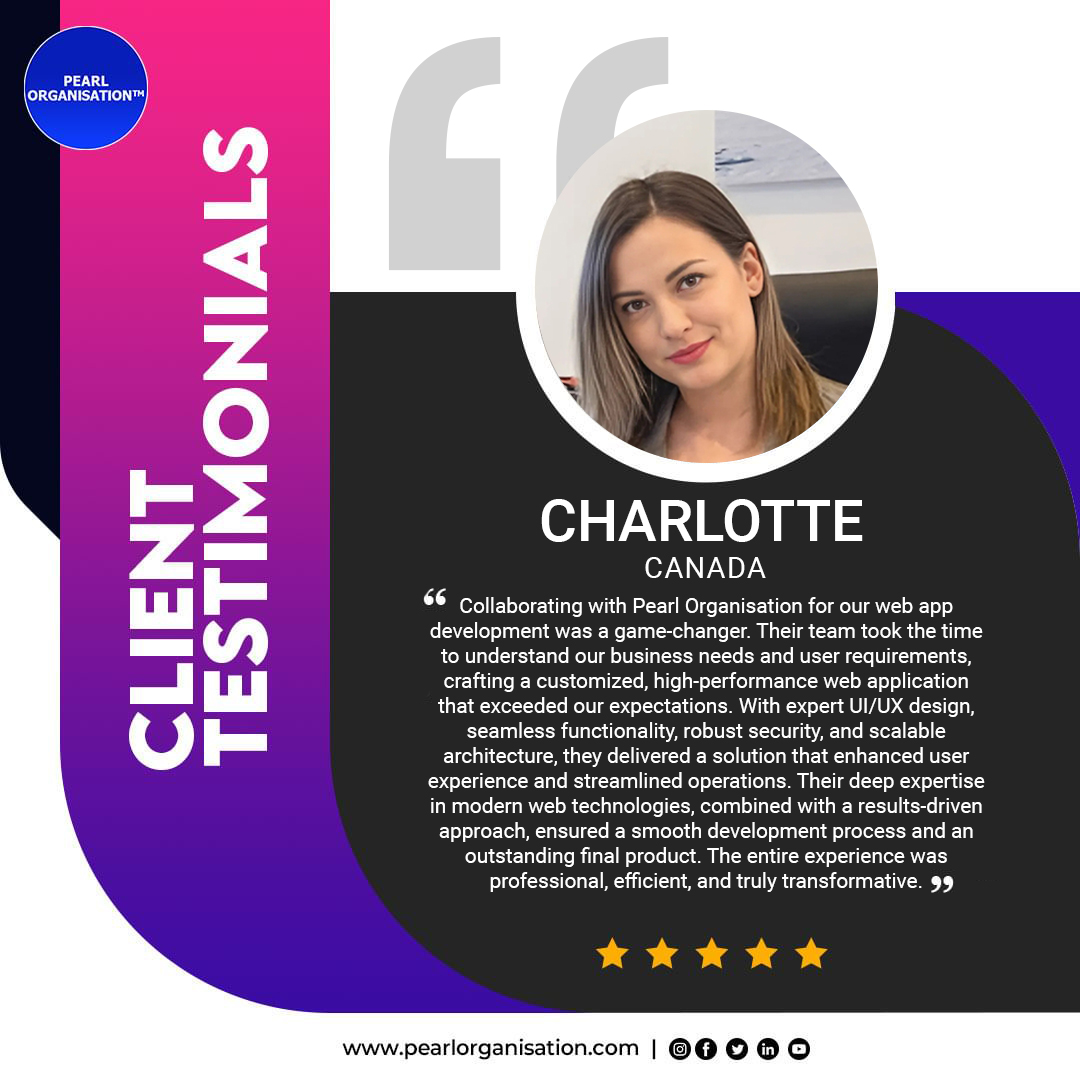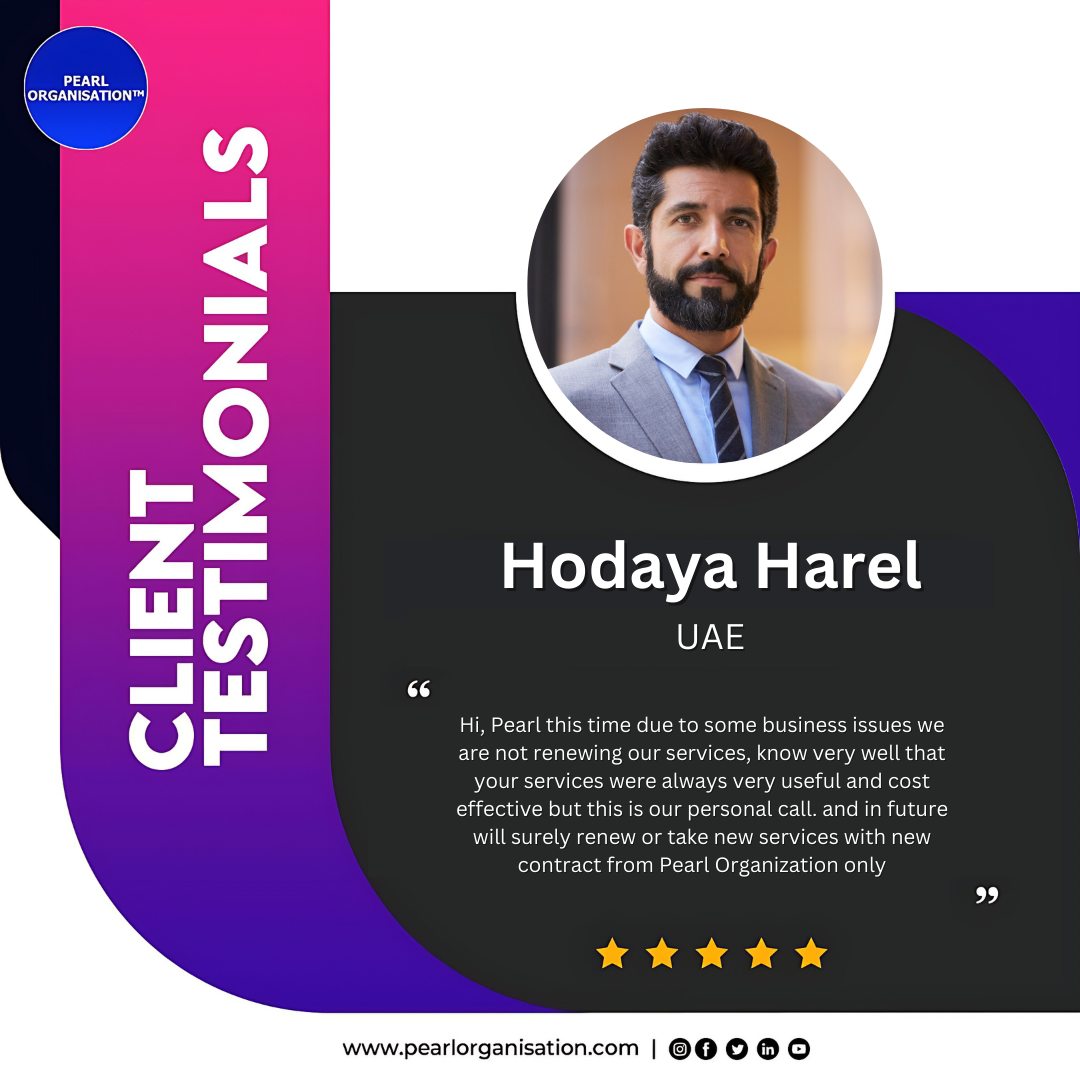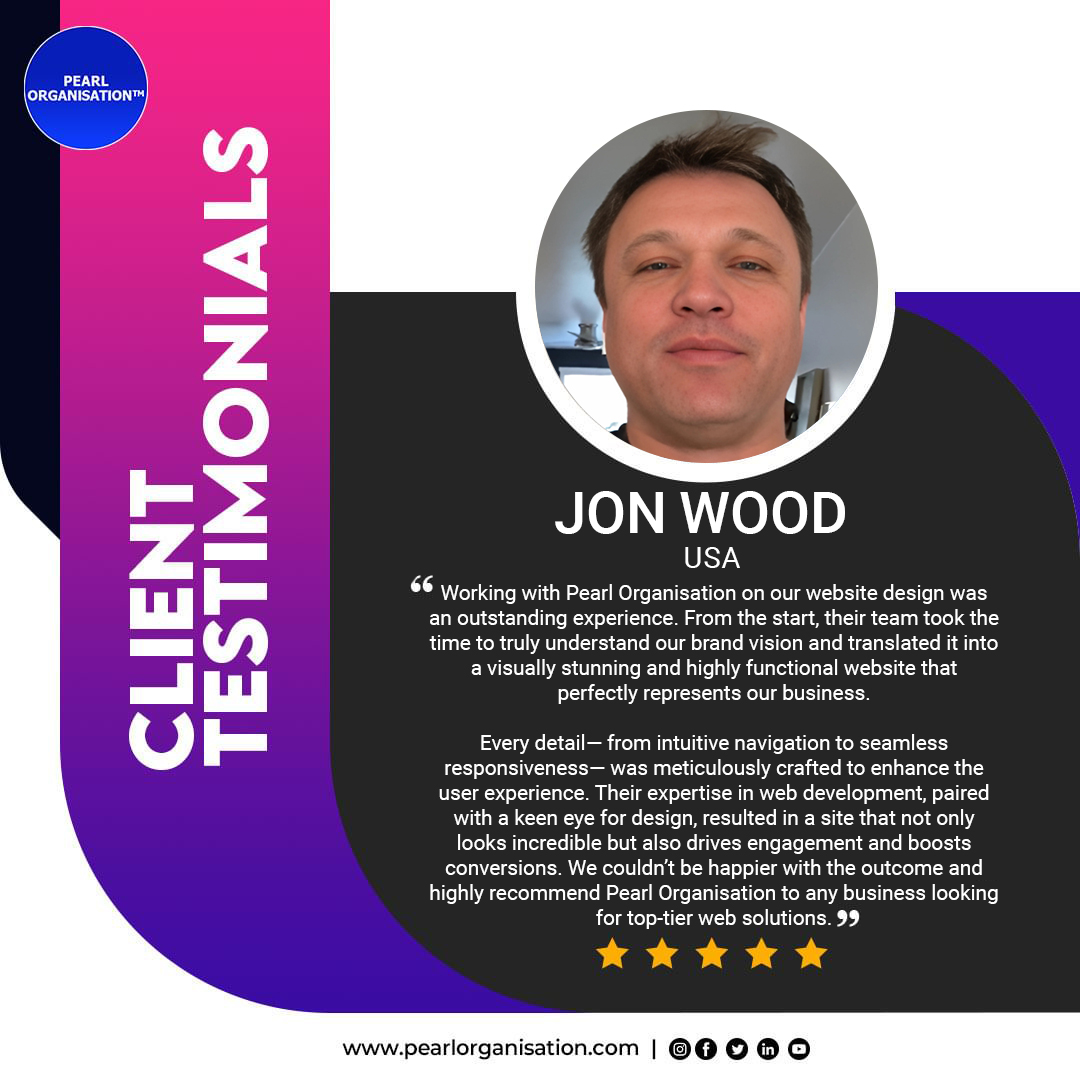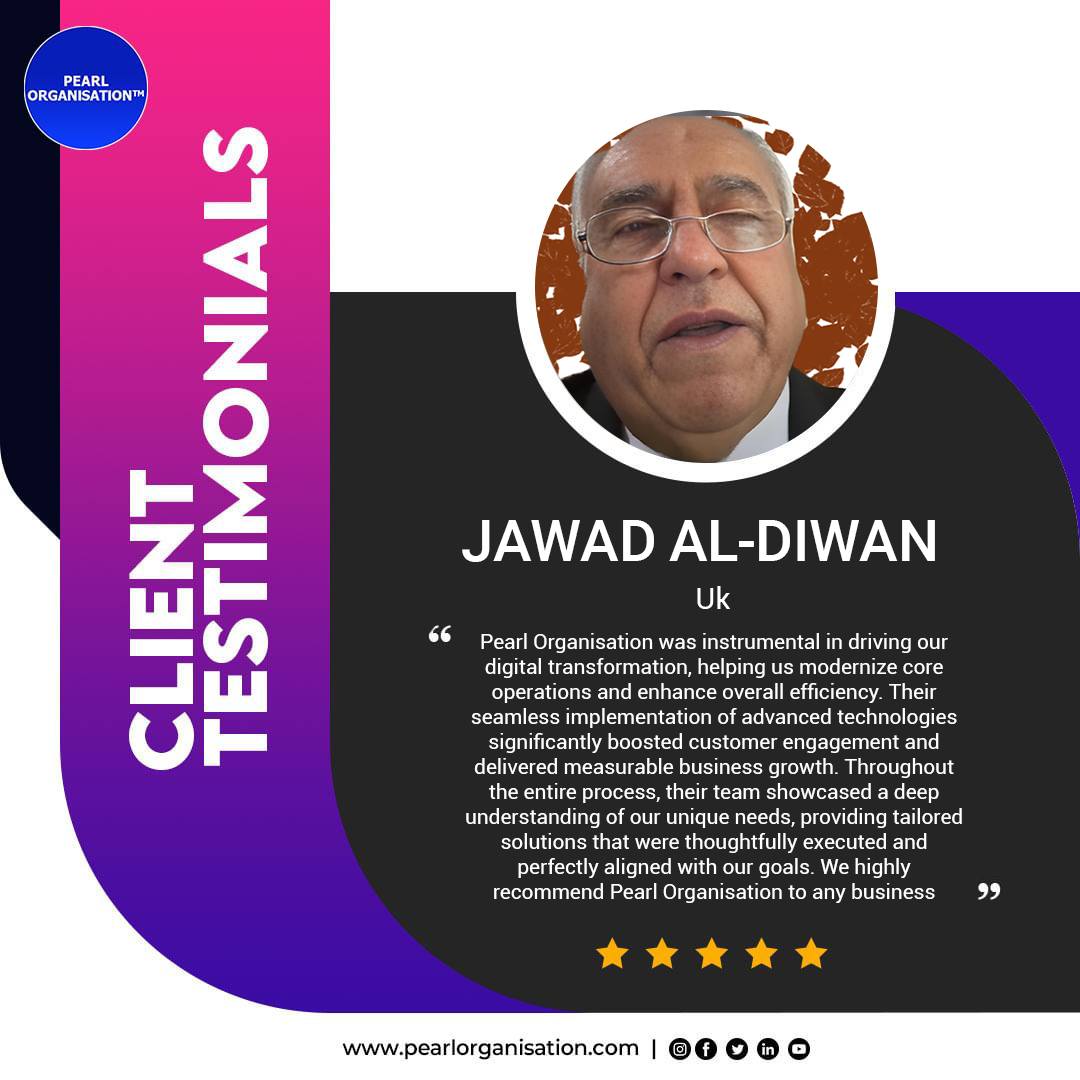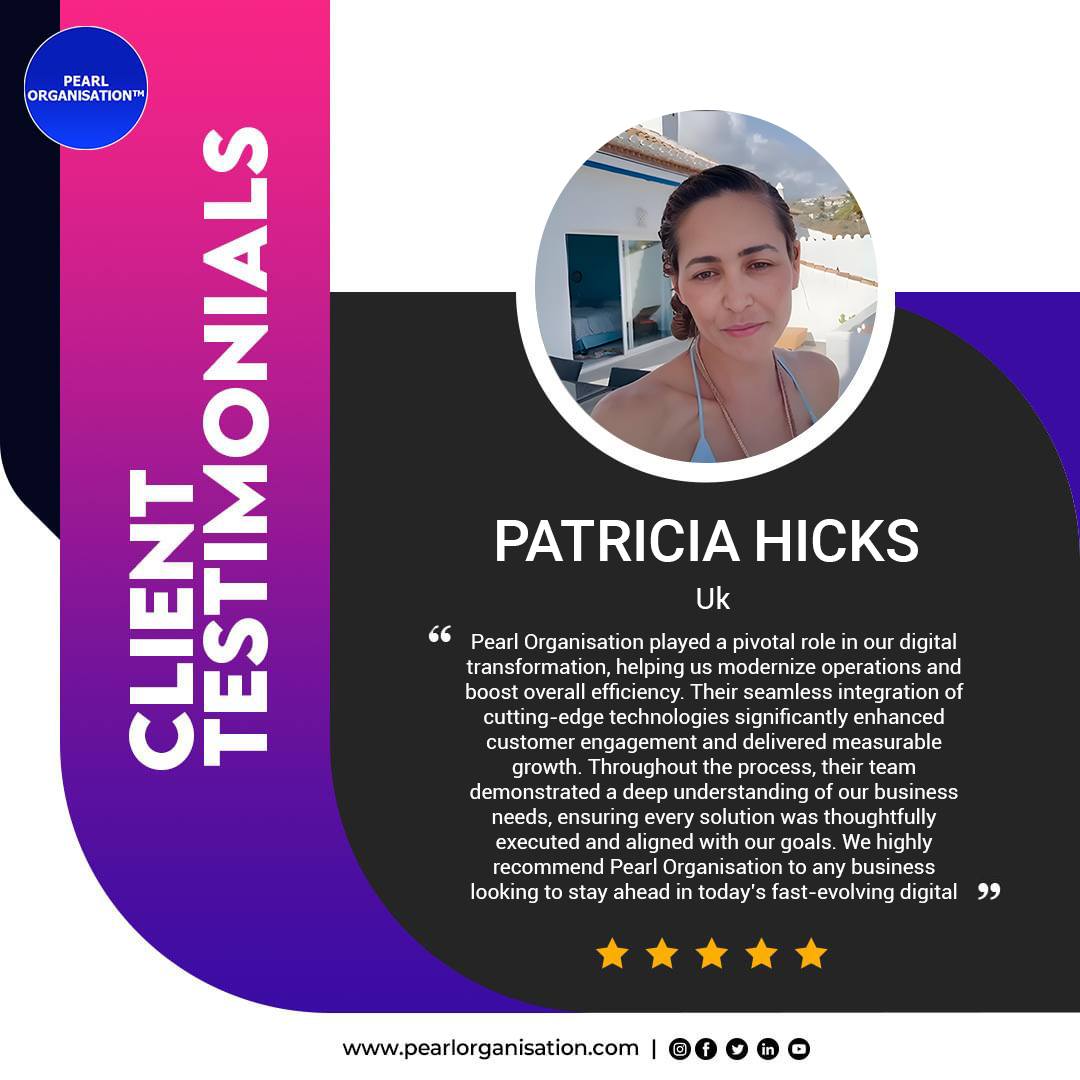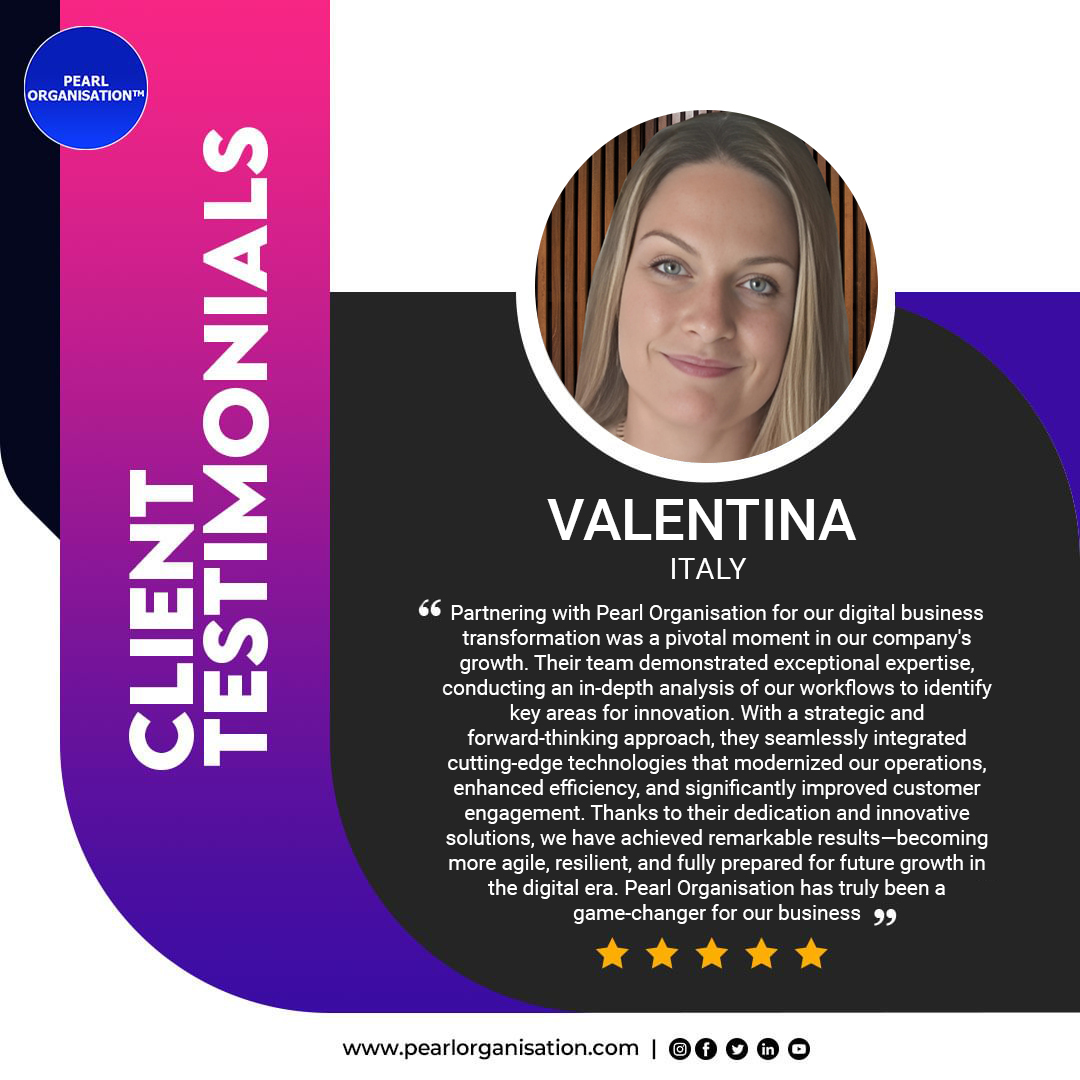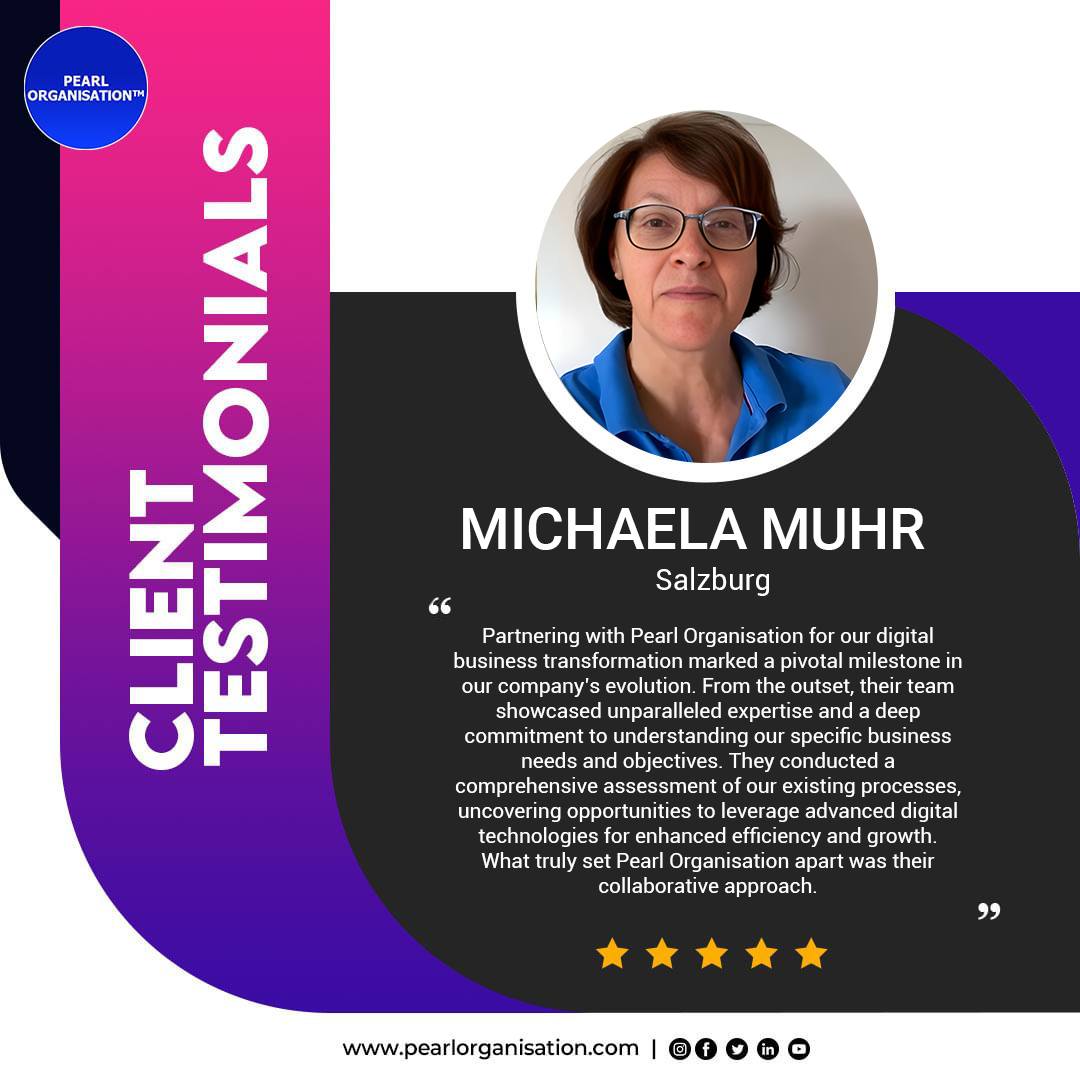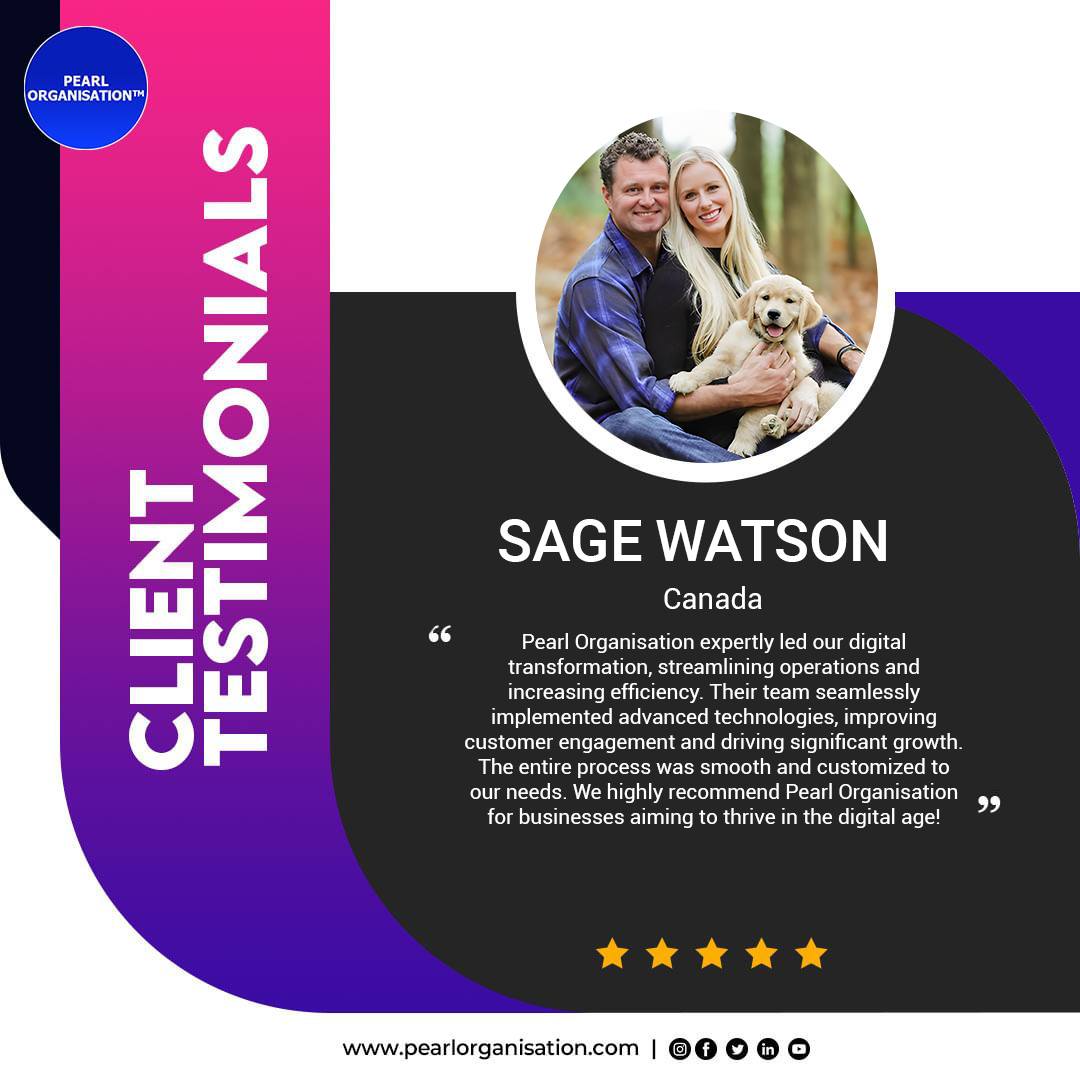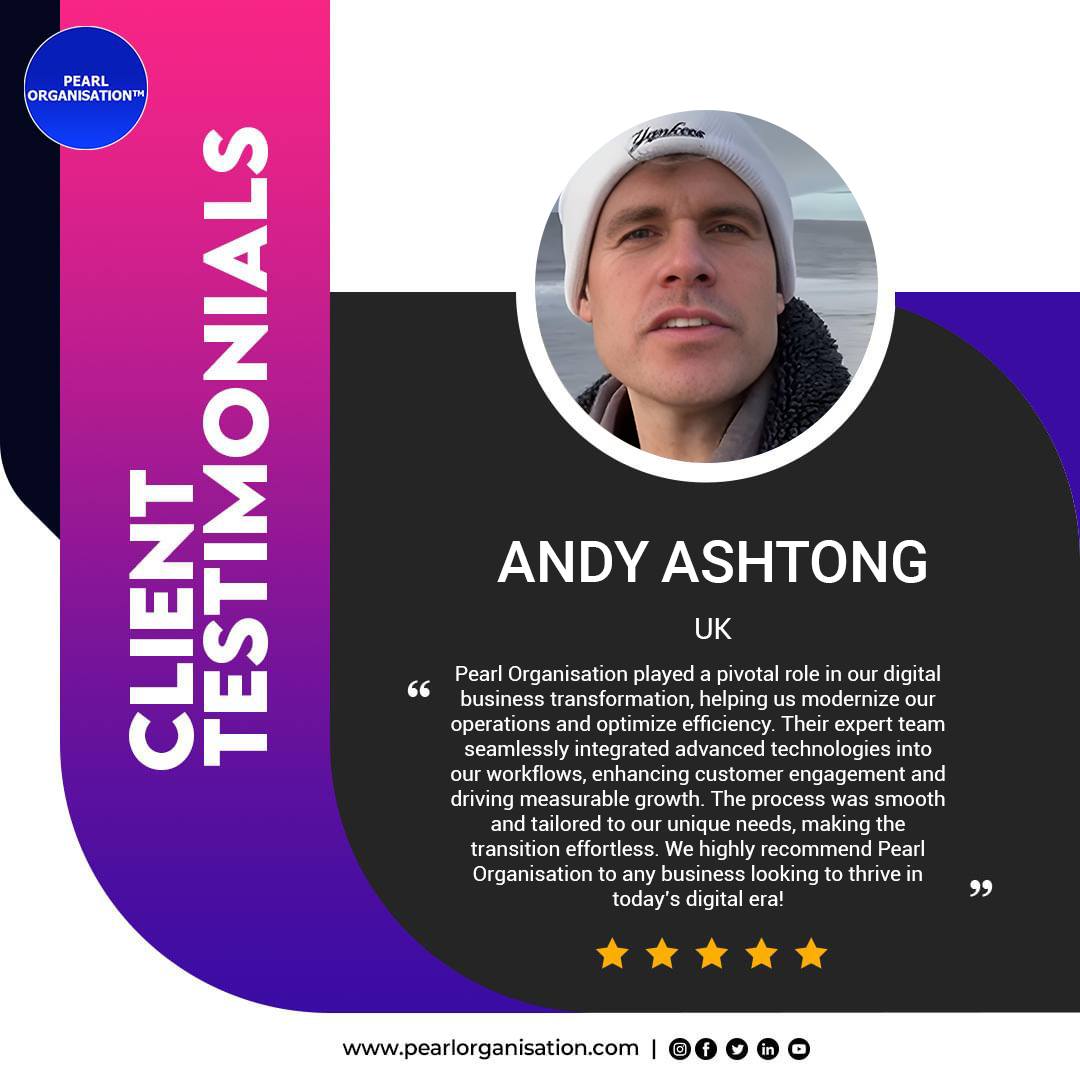Agile vs. SAFe: Which Development Methodology Suits Enterprise Projects?
- Larrisa

- May 30, 2025
- 6 min read
By Pearl Organisation – Leading Agile Software Development Company

🔍 Introduction
In today’s digital-first world, enterprises face a critical question: Which development methodology ensures speed, scale, and adaptability—Agile or SAFe? With organizations becoming increasingly reliant on software for business operations, selecting the right framework impacts everything from time-to-market and cost-efficiency to team morale and customer satisfaction.
At Pearl Organisation, we help global enterprises build scalable digital solutions using both Agile and SAFe (Scaled Agile Framework) depending on business goals, team structure, and product complexity. Let’s explore these two dominant methodologies in depth.
🌀 What is Agile?
Agile is a flexible and iterative software development methodology emphasizing collaboration, customer feedback, and small, rapid releases. Originating from the Agile Manifesto (2001), it promotes:
Popular Agile frameworks include:
🏢 What is SAFe (Scaled Agile Framework)?
SAFe is a structured approach that scales Agile practices across large organizations. It integrates Lean, Agile, and DevOps principles into a framework that supports multiple teams, cross-functional collaboration, and strategic alignment across business units.
SAFe Core Components:
Agile Release Trains (ARTs): Teams of teams delivering value on a shared cadence
Program Increment (PI) Planning: Synchronised roadmap for planning every 8–12 weeks
Lean Portfolio Management (LPM): Aligns strategy with execution
Four Configuration Levels:
Essential SAFe
Large Solution SAFe
Portfolio SAFe
Full SAFe
🧩 Key Differences Between Agile and SAFe
Aspect | Agile | SAFe |
Scope | Ideal for small to medium-sized teams | Designed for large enterprises (100+ developers) |
Governance | Decentralized | Structured with defined roles and layers |
Planning | Sprint-based planning (2–4 weeks) | PI planning every 8–12 weeks |
Team Collaboration | Team-level coordination | Organization-wide synchronization |
Documentation | Lightweight | Heavier documentation for enterprise alignment |
Leadership Role | Scrum Master & Product Owner | RTE (Release Train Engineer), System Architect, Portfolio Managers |
🏗️ When to Use Agile (Ideal Scenarios)
Startups & Product MVPs
Agile enables quick experimentation, customer feedback loops, and fast pivoting.
Single Team Development
Best suited when 1–3 teams are working on a project with clear goals and moderate complexity.
Rapid Iterations
If you need frequent releases (bi-weekly/monthly) with flexibility to adapt mid-way.
Client-Centric Projects
Agile is highly effective where clients want to be involved throughout development.
🏢 When to Use SAFe (Ideal Scenarios)
Large Enterprises & Multi-Team Projects
SAFe is designed for systems involving dozens or hundreds of developers across geographies.
Mission-Critical Applications
Ideal for industries like BFSI, Healthcare, and Government where delivery must align with compliance and regulation.
Strategic Roadmaps & Planning
SAFe allows businesses to link long-term strategy with execution across departments.
Transformation & Alignment
When an organization is undergoing digital transformation and needs cross-functional synchronization at scale.
🧠 Pros and Cons
✅ Agile Pros
Fast delivery & continuous improvement
High customer satisfaction
Better team autonomy and morale
❌ Agile Limitations
Difficult to scale across large teams
Lacks standardized governance for enterprise-wide execution
✅ SAFe Pros
Ideal for large-scale digital transformations
Clear structure, accountability, and governance
Alignment of business goals with technical execution
❌ SAFe Limitations
Heavier on documentation and process
Longer onboarding curve for teams
Cost of implementation and training can be high
🌐 Real-World Use Cases
✔️ Agile:
Pearl Organisation implemented Agile-Scrum to deliver a multi-location LMS in just 60 days for a leading e-learning startup in Melbourne. With rapid sprint cycles and continuous feedback, the product launched under budget.
✔️ SAFe:
For a global automotive client, Pearl Organisation deployed SAFe across 14 Agile teams to build a connected vehicle platform with real-time diagnostics, IoT sensors, and a mobile app. The project aligned product development with executive strategy using Portfolio SAFe.
🧭 Which is Right for Your Enterprise?
Business Need | Go With |
MVP Development | Agile |
100+ Developers | SAFe |
Strategic Business Alignment | SAFe |
Flexibility & Innovation | Agile |
Large-Scale Digital Transformation | SAFe |
Cross-Team Product Delivery | SAFe |
Startup with Budget Constraints | Agile |
🔧 How Pearl Organisation Helps
At Pearl Organisation, we don’t just implement Agile or SAFe—we customize them for your unique challenges.
✅ Agile-certified developers & scrum masters
✅ SAFe-trained program consultants (SPCs)
✅ End-to-end roadmap planning for enterprise transformations
✅ Real-time dashboards, CI/CD pipelines, & DevOps integration
✅ Scalable cloud architecture, version control & QA automation
We ensure your product doesn’t just get built—it gets delivered successfully and scales seamlessly.
📌 Conclusion
Both Agile and SAFe have their place in the evolving IT ecosystem. The real question isn’t which is better—but which is better suited to your current stage of growth, team structure, and business objectives.
Agile is perfect for adaptability.
SAFe is unmatched in enterprise coordination.
Trust Pearl Organisation to guide you to the right methodology—with technical precision, strategic foresight, and proven execution.
📘 Frequently Asked Questions (FAQs)
1. What is the difference between Agile and SAFe?
Agile is a lightweight, team-centric methodology that emphasizes rapid delivery, collaboration, and adaptability. It works best for small to mid-sized projects with autonomous teams.
SAFe (Scaled Agile Framework) is an enterprise-level methodology that scales Agile principles across multiple teams, departments, and business units. It incorporates strategic planning, cross-team synchronization, and lean portfolio management.
2. When should a company adopt SAFe instead of Agile?
SAFe is ideal for:
Large enterprises with 100+ developers
Multi-team, cross-functional product development
Organizations undergoing digital transformation
Businesses requiring executive-level planning and regulatory compliance
If your company operates on a large scale, requires strategic alignment, and manages complex interdependencies, SAFe is the better choice.
3. Can a company start with Agile and later shift to SAFe?
Yes. Many businesses begin with team-level Agile (e.g., Scrum or Kanban) and later evolve into SAFe when scaling becomes necessary. Pearl Organisation offers expert transition support, ensuring seamless alignment with SAFe principles through PI planning, ART setup, and LPM integration.
4. Does SAFe replace Agile completely?
No. SAFe doesn’t replace Agile—it builds on it. It incorporates Agile principles at the team level but adds layers of governance, structure, and portfolio management to operate at scale. It’s essentially “Agile at the enterprise level.”
5. How long does it take to implement SAFe in an organization?
SAFe implementation typically takes 3–6 months, depending on:
Organization size
Team maturity
Level of executive involvement
Availability of Agile coaches and SAFe Program Consultants (SPCs)
Pearl Organisation accelerates this with customized onboarding, framework workshops, and tool integrations.
6. What are Agile Release Trains (ARTs) in SAFe?
ARTs are long-lived teams of Agile teams (typically 50–125 people) that plan, commit, develop, and deploy together. Each ART delivers continuous value aligned with business objectives in Program Increments (PIs). ARTs are the foundation of effective large-scale Agile delivery under SAFe.
7. How is planning done in Agile vs SAFe?
Agile: Sprint Planning is done every 1–2 weeks by individual teams.
SAFe: Program Increment (PI) Planning happens every 8–12 weeks and involves multiple Agile teams working together to deliver a unified roadmap.
Pearl Organisation facilitates both Sprint Ceremonies and PI Planning Events for its clients.
8. Is Agile more cost-effective than SAFe?
For smaller teams or early-stage products, Agile is more cost-effective due to its lean process and minimal overhead.
SAFe involves more roles, training, and planning layers—making it ideal for larger investments, regulated industries, or multi-million dollar IT ecosystems where coordination is key.
9. How does SAFe support DevOps and CI/CD pipelines?
SAFe integrates DevOps as a core competency, enabling:
This ensures faster, safer, and more reliable releases. Pearl Organisation builds CI/CD pipelines integrated into SAFe projects to accelerate value delivery.
10. What are the major roles in SAFe that do not exist in Agile?
Unique SAFe roles include:
Release Train Engineer (RTE) – Oversees ART execution
System Architect/Engineer – Guides technical execution
Solution Train Engineer (STE) – Coordinates multiple ARTs
Lean Portfolio Manager – Aligns business strategy and funding
Business Owners – Senior stakeholders involved in PI objectives
These roles ensure structured execution and business alignment across departments.
11. Can SAFe be customized for hybrid or remote teams?
Absolutely. SAFe is highly adaptable, and Pearl Organisation helps enterprises implement Remote PI Planning, Virtual ARTs, and Hybrid Agile-Scrum practices with cloud tools like Jira, Rally, Azure DevOps, and Miro boards.
12. Is certification necessary to implement Agile or SAFe?
While not mandatory, certifications help ensure best practices. Recommended certifications include:
Agile: Certified ScrumMaster (CSM), PMI-ACP
SAFe: SAFe Agilist (SA), SAFe Practitioner (SP), SPC (Program Consultant)
Pearl Organisation provides access to certified consultants and trainers to lead your implementation.
13. How does SAFe ensure alignment with business goals?
SAFe introduces Lean Portfolio Management (LPM), which connects epics and features with enterprise strategy. It enables:
Value Stream Funding
Strategic Themes
Guardrails and KPIs
This ensures every development initiative contributes to long-term ROI.
14. Which methodology offers better risk management?
SAFe provides structured risk mitigation through:
Real-time transparency
Formalized planning cadences
Built-in compliance and quality checks
Agile is effective at mitigating risk at the team level, but SAFe excels in enterprise risk governance.
15. How can Pearl Organisation help implement Agile or SAFe for my enterprise?
Pearl Organisation offers:
Agile or SAFe suitability assessments
Certified Agile coaches & SPCs
Sprint & PI facilitation
DevOps and CI/CD integration
Custom dashboards for visibility & metrics
Remote team scaling and training
Whether you're a startup or an enterprise, we ensure your Agile journey is future-ready, compliant, and ROI-driven.




























